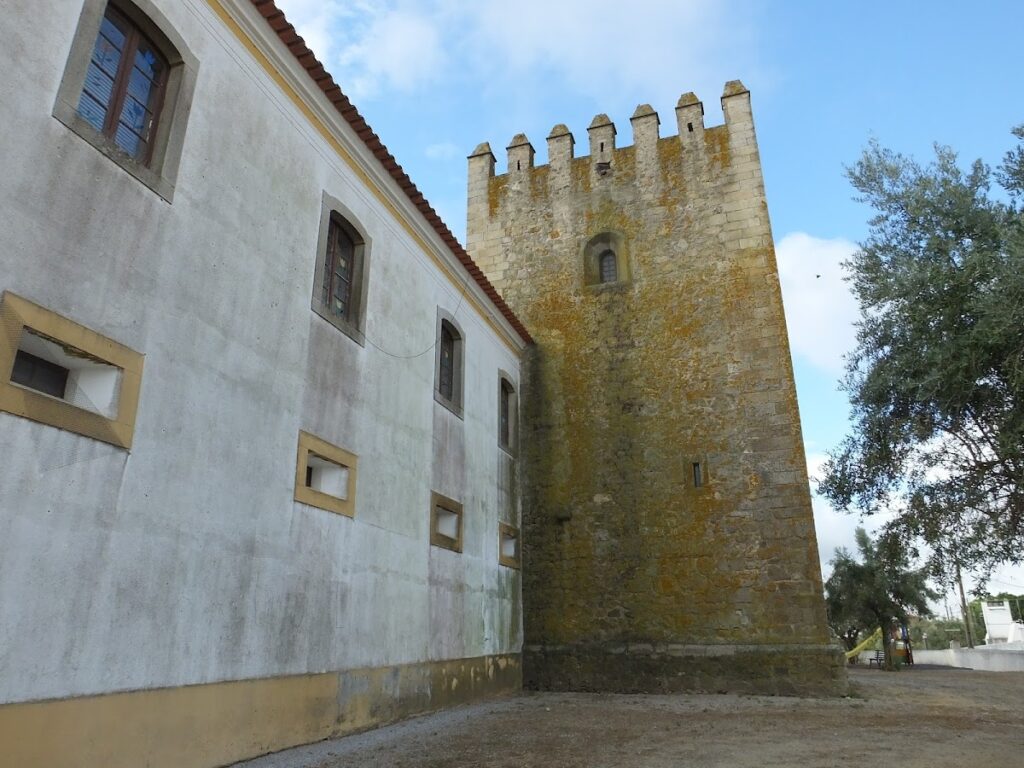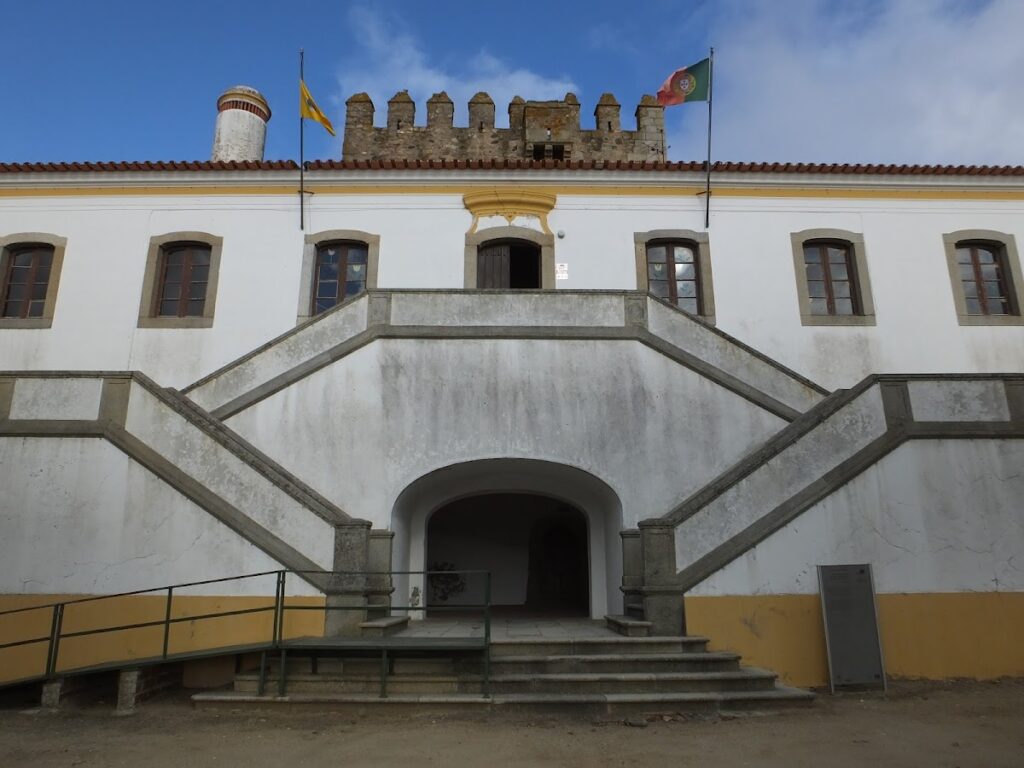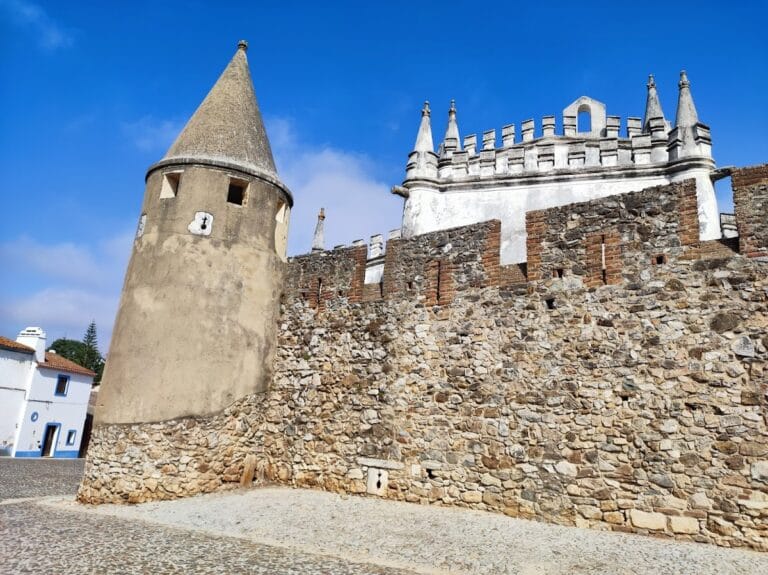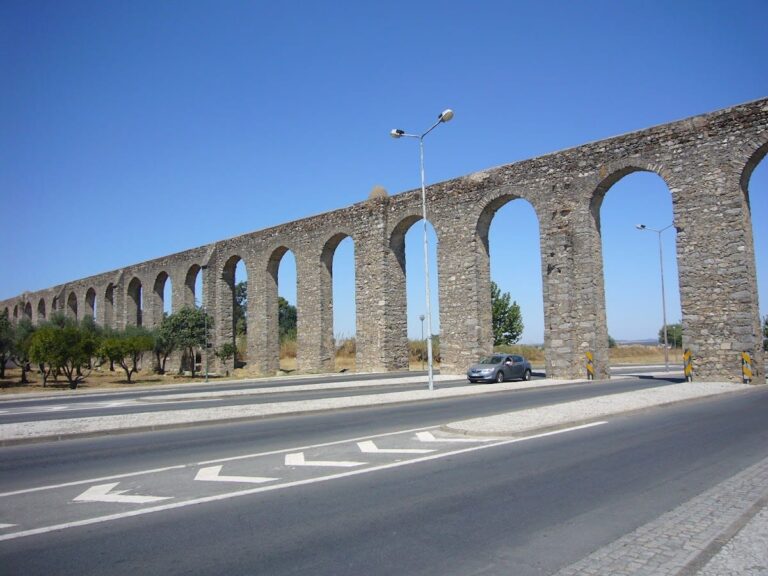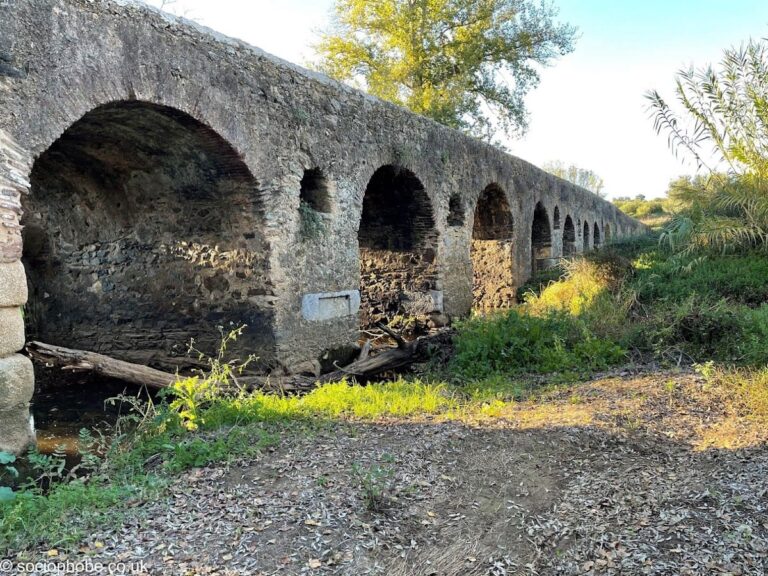Castelo de Torre de Coelheiros: A Medieval Manor House in Évora, Portugal
Visitor Information
Google Rating: 4.4
Popularity: Very Low
Google Maps: View on Google Maps
Country: Portugal
Civilization: Unclassified
Remains: Military
History
The Castelo de Torre de Coelheiros stands in the parish of Torre de Coelheiros, within the municipality of Évora, Portugal. Constructed during the medieval period, this site was built under the direction of the Portuguese nobility to serve as a manor house rather than a defensive fortress.
The origins of the estate date back to around 1357 when Fernão Gonçalves, who held the position of meirinho-mor (chief officer) under King Afonso IV, initiated its construction. This period marks the establishment of the morgado (an entailed estate) known as Quinta da Fonte dos Coelheiros, formalized through a royal diploma granted to Fernão Gonçalves Cogominho and D. Maria Anes. The morgado system ensured that the estate remained intact within a family line, cementing the importance of the property as a noble residence.
Later, in 1387, the estate underwent a notable transfer when King João I bestowed the morgado upon Rodrigues Álvares Pimentel, an illegitimate son of Álvaro Gonçalves Pimentel, a knight affiliated with the military-religious Order of Avis. This reflects the site’s connections to both noble lineage and chivalric orders during the late 14th century.
On January 22, 1395, the morgado was formally instituted by Fernão Gil Cogominho and his wife Maria Annes, which coincides closely with the likely date of the manor’s tower construction. Over the following centuries, particularly in the 17th and 18th centuries, the building complex was expanded with the addition of a rectangular structure that incorporated part of the original tower. This suggests adaptation and continued occupation by successive generations.
During the early 20th century, maintenance lapsed, resulting in partial structural collapse around 1920. Recognition of the site’s historical value came with its designation as a property of public interest through a decree issued in 1957. Today, the former manor house serves community functions as the location of the local primary school and parish council, ensuring its protection and ongoing preservation.
Remains
The Castelo de Torre de Coelheiros presents as a medieval manor house centered on a quadrangular stone tower roughly 15 meters in height. Constructed primarily of stone masonry, the tower communicates its era through features such as merlons—upright sections along the parapet—crafted in a style influenced by Moorish architecture. Structural strength is enhanced with granite cornerstones, known as quoins, while defensive elements include paired loopholes (narrow vertical slits for observation or defense) and machicolations (overhanging sections with openings, here called mata-cães, designed for dropping objects on attackers), all carved from finely worked granite blocks.
Extending from the tower are two rectangular wings, each consisting of a ground and upper floor, which form the core of the manor’s living spaces. The northern wing remains relatively well-preserved and includes a distinctive large chimney, topped with a rounded dome-like finish—an architectural detail reflecting late medieval residential styles. Windows in this wing are also framed with granite, maintaining elements typical of manor houses from that period.
Conversely, the western wing appears to date from the 18th century, representing a later expansion of the property. This section, however, is in poorer condition, with some collapse evident in its wall structures. Despite this, the complex as a whole benefits from continued use for educational and administrative purposes, which has helped conserve the building’s fabric and historical character.
Together, these features illustrate the layered history of the manor, from its medieval origins to later adaptations, revealing a building that balanced residential comfort with elements evocative of fortification. The site remains an important reminder of noble estates established during Portugal’s medieval period.
